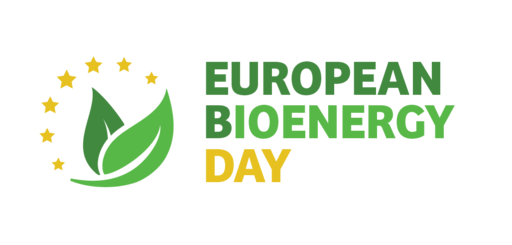The energy required to drive a vehicle is produced by an internal combustion engine.When fuel and air are injected into a cylinder, combustion will result which causes the piston to move, allowing the vehicle to move. The engine will operate a little differently depending on the type of fuel used.
Different types of motors
Two types of internal combustion engines exist:
- Gasoline engines or spark-ignition engines: the ignition of the combustion is controlled by a spark created by the spark plug. Air and fuel are injected into a piston and cylinder system, the mixture is then compressed and the spark plug ignites the fuel, which by burning, pushes back the piston and creates the mechanical energy transmitted to the wheels. The fuel used is very volatile, such as gasoline or alcohol,or gaseous (subject to adaptation of the engine)
- Diesel engines or spontaneously ignited engines: as a result of increased pressure and temperature, the fuel self-ignites Air and fuel are injected into a piston and cylinder system. The mixture is compressed until it begins to burn spontaneously. By burning, the fuel pushes the piston back and creates the mechanical energy that is transmitted to the wheels
Biofuel uses
Various fuels derived from biomass can be used in internal combustion engines:
- In gasoline engines: use of bioethanol (highly volatile), biomethane or syngas
- In diesel engines: use of pure vegetable oil or biodiesel.
